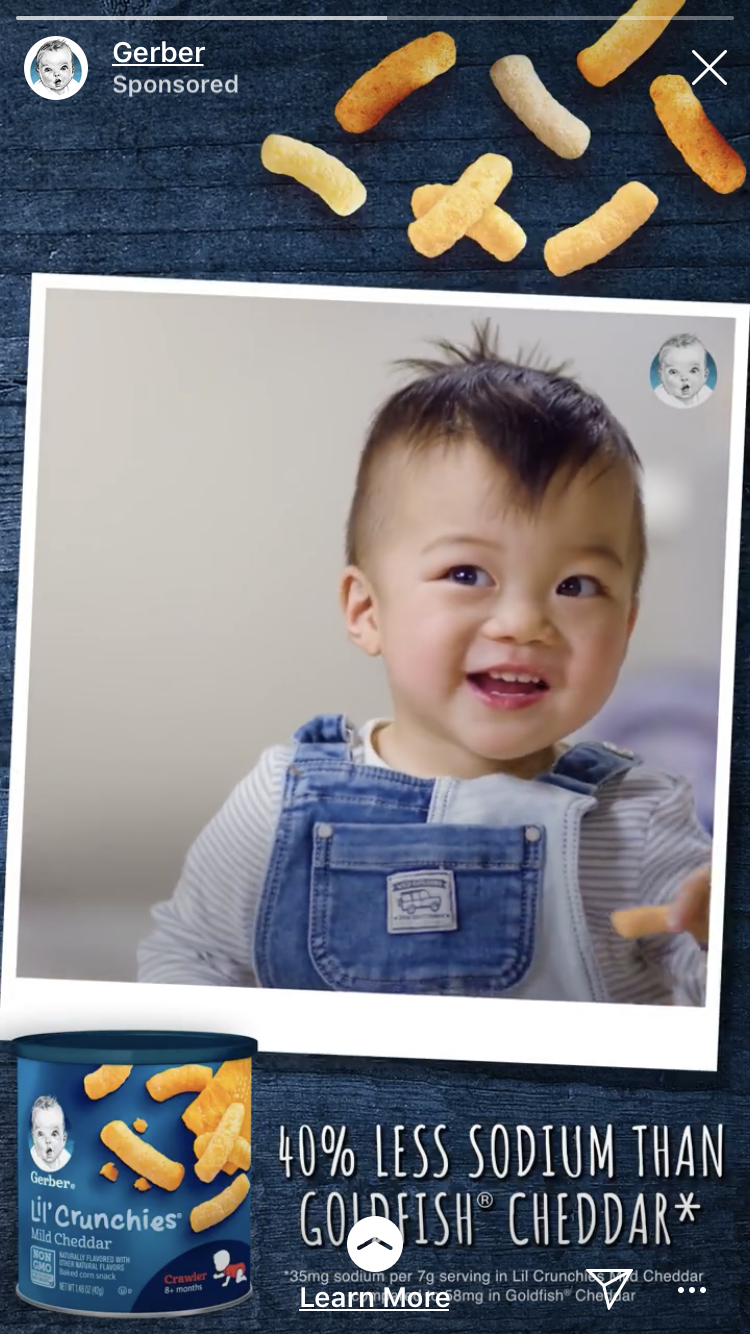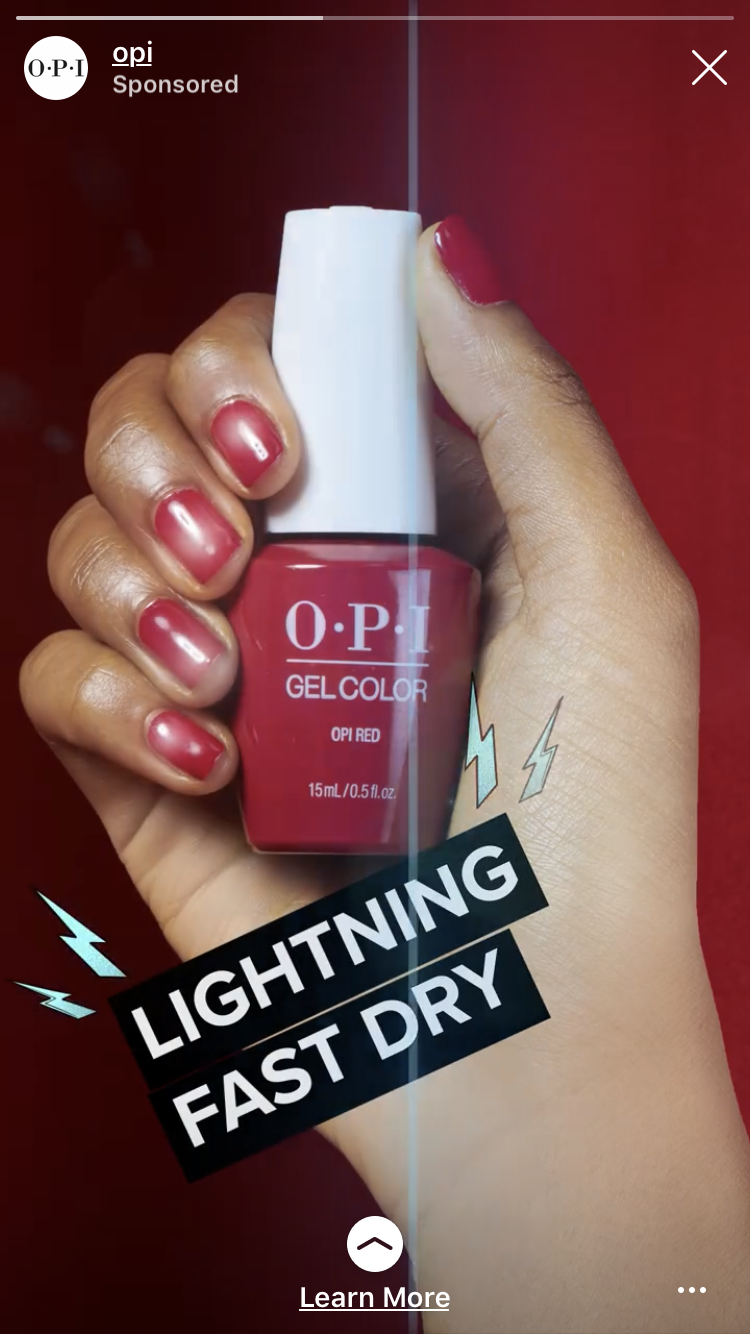Data-Backed Secrets to Creating Great Social Stories from Facebook Itself [Infographic]

By Iris Hearn
Apr 18, 2019
![Data-Backed Secrets to Creating Great Social Stories from Facebook Itself [Infographic]](https://www.impactplus.com/hs-fs/hubfs/shutterstock_1046236255.jpg?width=768&height=400&name=shutterstock_1046236255.jpg)
Stories are the latest trend sweeping social media.
By their real-time, ephemeral nature, they make users feel more connected to close friends and family, but also the brands and products they love.
For this reason, many marketers have invested time crafting stories that will captivate their audiences and promote both bonding and action.
However, like any new trend, the “best practices” for having success with brand stories has remained a bit unclear.
To shed some light on how to effectively drive awareness, engagement, and user action with their native stories, Facebook conducted research on what qualities it has seen make them successful.
Using data from stories posted to Facebook (300 million daily users) and Instagram (500 million daily users), the organization provided valuable statistics to help marketers understand what they can do to enhance performance across three categories:
- Look & Feel
- Brand & Product
- Format & Execution
You can read the full infographic here, below is a summary of some of key findings.
1. Look & Feel
Here, Facebook evaluates what creative elements drive performance in stories.
Facebook Stories have many unique features, including stickers, text, sound, and speed, all of which significantly alter the experience.
For example, you can have one, standalone photo as a full story, or weave together several videos or photos to illustrate a larger concept.
Facebook’s research found key features that marketers should evaluate in their approach to stories, especially on its platform.
Speed
Facebook found that stories are being consumed faster than any other mobile format.
This makes sense considering it gives users the option to tap through items quickly to skip or jump to a new user
Given the fast-paced way users interact with the feature, brands should accommodate their stories to be speedy as well.
Facebook recommends that brands use speed as a creative element to keep user attention and make so your overall message can be digested easily and quickly.
Sound
Sound can be used in a few different ways on stories as well.
There can either be a standard video with sound, overlay sound over an existing clip, or even add songs or popular music directly on the platform using the music feature.
According to Facebook, brands should definitely be utilizing these assets.
Results showed that 80% of stories with voice-over or music drove better lower-funnel results compared to those with no sound.
The study didn’t break down which sound types performed the best, but brands should be encouraged to experiment with various types to find out what their audience responds to best.
Stickers
Interestingly, the effectiveness of sticker use varied based on the story format.
Facebook’s study found that 83% of videos using stickers to help express key messages about the brand or product performed better for conversion objectives.
This trend, however, was not replicated when it came to sticker use on static creatives - as there was an 87% chance of static creatives without stickers delivering better conversion results than with stickers.
Now, there could be several reasons for this.
For one, video keeps user attention, and a sticker could compliment that effort. When it comes to static items, however, stickers could distract from the main point.
In any case, it’s important for marketers to be purposeful and strategic about their sticker placement.
If it makes sense and feels consistent with the rest of the look & feel of the ad, then it will likely complement your efforts - but if not, it could distract users and negatively impact performance.
2. Brand & Product
Regardless if it’s social media, your website, or outbound tactics - the focus of any marketing strategy must tie back to your brand and product offerings.
Having consistent branding helps strengthen your brand’s identity and enhance awareness.
So, it’s not surprising that Facebook found that the top-performing story ads integrate key elements, like logos or other well-known branding items at the very beginning.
Additionally, the study also found that the approach to an ads design creative actually influenced what area of the funnel they were capturing.
“There is 73% chance of product-focused creative driving better lower-funnel metrics than people-focused creative. And there is a 75% chance of people-focused creative driving better brand performance than product-focused creative.”
In other words, stories should be designed with your campaign objectives in mind.
Based on the findings, if you want to spread awareness about your brand and its product offerings, product-focused designs will help you do that.

It seems obvious, but to attract new people, they’re going to first be interested in what you sell before they’re interested in who you are.
Conversely, if you’re looking to strengthen your connections to those already familiar with your brand, people-focused stories can help you do that.

This can be a useful tactic for reengagement campaigns vs. campaigns looking to reach new customers.
3. Format & Execution
Here, Facebook looked at the specific formats and styles used in stories that drove the most effective storytelling.
Again, because stories are consumed so quickly, speed is going to play a huge role here.
Designs with fast-moving or bite-sized clips will help capture user’s attention better than stagnant, longer-form items.
Additionally, Facebook found that mixing up different elements helps keep things interesting for viewers. They found that 86% chance of campaigns with mixed format [both static and moving] assets driving higher value for lower funnel metrics than video or static only assets.
So, if you’re running a story ad campaign, consider including different types of formats into multiple ad sets and see what best resonates with your audience.
Develop Your Own Best Practices
While this data can definitely give marketers a push in the right direction on Facebook, the best way to figure out what works for your brand is through experimentation.
Stories have so much to offer, so there isn’t only one “right way” to do it. Every brand is unique, and its Facebook Stories should reflect what makes them different.
The good news is, stories on all platforms only last 24 hours, so you can test out variations each day and see what results you get back.
In time, you’ll be able to figure out what your audience is most receptive to, and use it to drive consistent performance overtime.
Like virtually any marketing trend, treat best practices more as tips than concrete rules.
By taking some calculated risks and monitoring performance, you’ll likely achieve much more than you would if you played it safe.



Order Your Copy of Marcus Sheridan's New Book — Endless Customers!